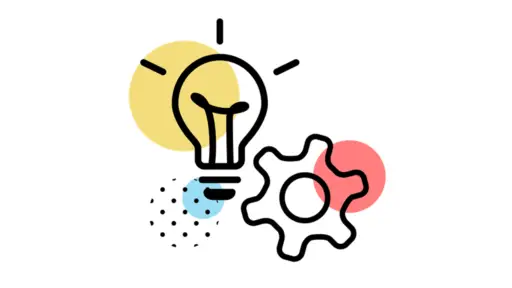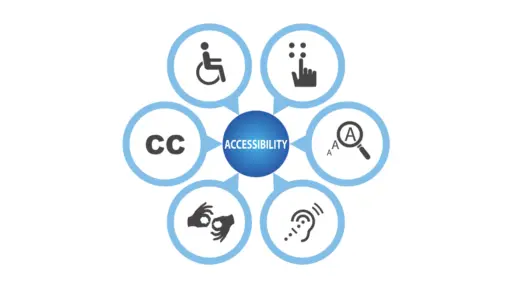Design Thinking, Digital Strategy, UX Design
Build vs Buy: Why Your Company Should Partner with a UX Agency
As digital expectations rise, many organizations, particularly those in complex or regulated industries like healthcare, finance, education, or logistics, find themselves stuck between knowing they need to innovate and being...












